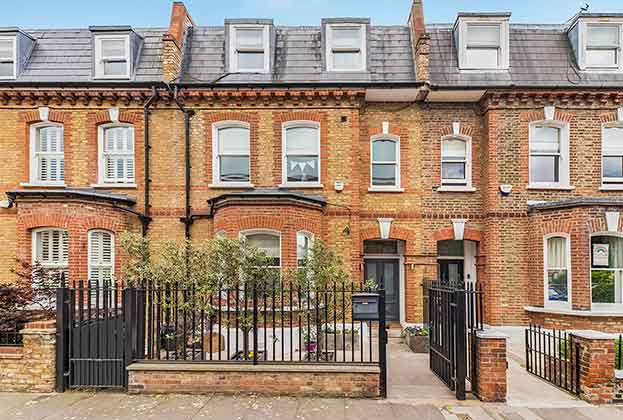At the end of July, Savills saw 60% more new applicants registering in prime rental markets than in the 12 weeks before lockdown. Covid-19 has also affected the profile of tenants and what they want from their properties, as our research reveals
A move to a new area can be daunting. As a result, 64% of our regional lettings agents have seen an increase in the number of 'try before you buy' tenants.
This is underpinned by the fact that in our June buyer and seller survey, around half of respondents said if they were unable to secure a property in the next six months, renting would be a viable option. Half of these would do so happily (as opposed to reluctantly), reflecting part of a wider trend where people are choosing to rent as part of a lifestyle decision.
In our June buyer and seller survey, around half of respondents said if they were unable to secure a property in the next six months, renting would be a viable option
Jessica Tomlinson, Analyst, Residential Research
Many of these tenants are looking for extra space, possibly a garden, and are now less constrained by a daily commute to the office thanks to the changing trends around working from home. As a consequence, we have seen an increase in demand for larger family homes both in London and the commuter zone. This has particularly fuelled demand for properties in more rural locations, which historically have had a much thinner seam of demand than other parts of the rental market.
When the lettings market reopened, corporate relocation demand was initially slower to return but has seen a positive uptick since the end of June. The profile of relocation tenants has also changed, with the average budget now higher than for the same period last year. Corporate tenants now seem to be seeking larger properties for more senior staff with a focus on family homes in London.
As people start returning to offices and companies feel more confident in the economy, we should see demand continue to recover and the profile of corporate demand widen again. However, for the moment, this means that owners of flats, who have historically benefitted from such corporate demand, need to take a pragmatic view on asking rents.
Restrictions on international travel have resulted in some parts of London’s rental market being slower to recover post-lockdown. As the city reopens, we expect this demand to return, with stamp duty changes set to supplement demand from April of next year.
The proposed additional 2% surcharge for non-resident buyers will mean those who only spend part of the year in the UK will increasingly opt to rent. We expect demand among this group of tenants to be focused on best-in-class properties that offer outside space and are located close to amenities in the most prestigious addresses of central London.
The demand from student tenants has undoubtedly been impacted by Covid-19, initially cutting short the summer term. However, the latest data from The Universities and Colleges Admissions Service (UCAS) shows that the number of UK applicants with a firm offer to start university in September 2020 is 1% higher than in 2019. Furthermore, offers to start for non-EU international students are 12% higher than last year, reflecting the strong global reputation of UK universities.
Many universities may be planning to blend quality online learning with face-to-face teaching and support, meaning there will still be a requirement to live near campus. But the true impact on the coming academic year will in part be dependent on how prevalent travel restrictions are. That may mean landlords need to look beyond this source of demand in the short term, ensuring their properties appeal to a wider range of tenants.
Key impact on the rental market
Robust rental growth outside London
Despite the influx of activity since the market reopened, some areas of London have seen an increase in stock immediately following lockdown. Prime central London and East London in particular have had more new build stock and also properties previously available as a short let enter the market. As a result, prime rents across London fell by 2.0% in the second quarter of 2020.
By contrast, in the prime regional markets up to an hour outside of London, rental values increased by 0.8% over the three months to June, marking the second quarter of consecutive growth. Much as we have seen in the sales market, these areas have reported a strong increase in demand, especially from families moving out of London. During July, applicants were 72% higher than the same month in 2019 in this part of the market.
A main driver for the market going forward is now on property attributes as tenants have reassessed their requirements. London still remains an international city and once it regains its buzz and travel restrictions ease, there will be more capacity for growth over the long term as stock levels stabilise. For rental markets in the commuter belt, the current strength of demand for family housing should underpin more steady growth over the next few years.
For more information, please contact a Savills office in your area or arrange a market appraisal with one of our local experts.
Read the articles within Prime UK Residential – Autumn 2020 below
.jpg)




